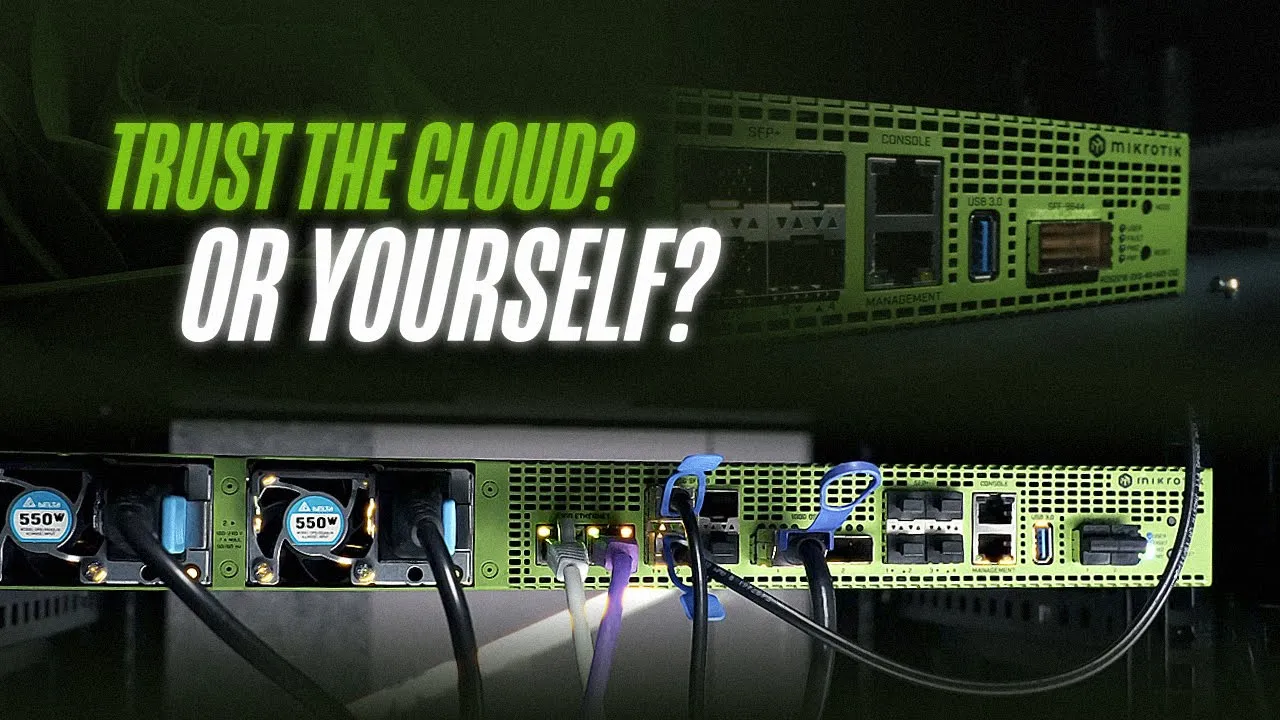ROSE Data server (RDS)
RDS is a high-performance, all-in-one storage, 100G networking, and container platform designed for enterprise environments. Featuring 20 U.2 NVMe storage slots and a special RouterOS Edition for Storage & Compute (ROSE).
TAKE BACK CONTROL.
Stop relying on the cloud. Own your infrastructure.
Third parties control your data. Should they? Your business, your files, your future – handed over to external providers with unclear policies and unknown risks.
Introducing the Rose Data Server (RDS2216) – a high-performance, all-in-one storage, networking, and container platform designed for enterprise environments. Secure, scalable, and under your control.
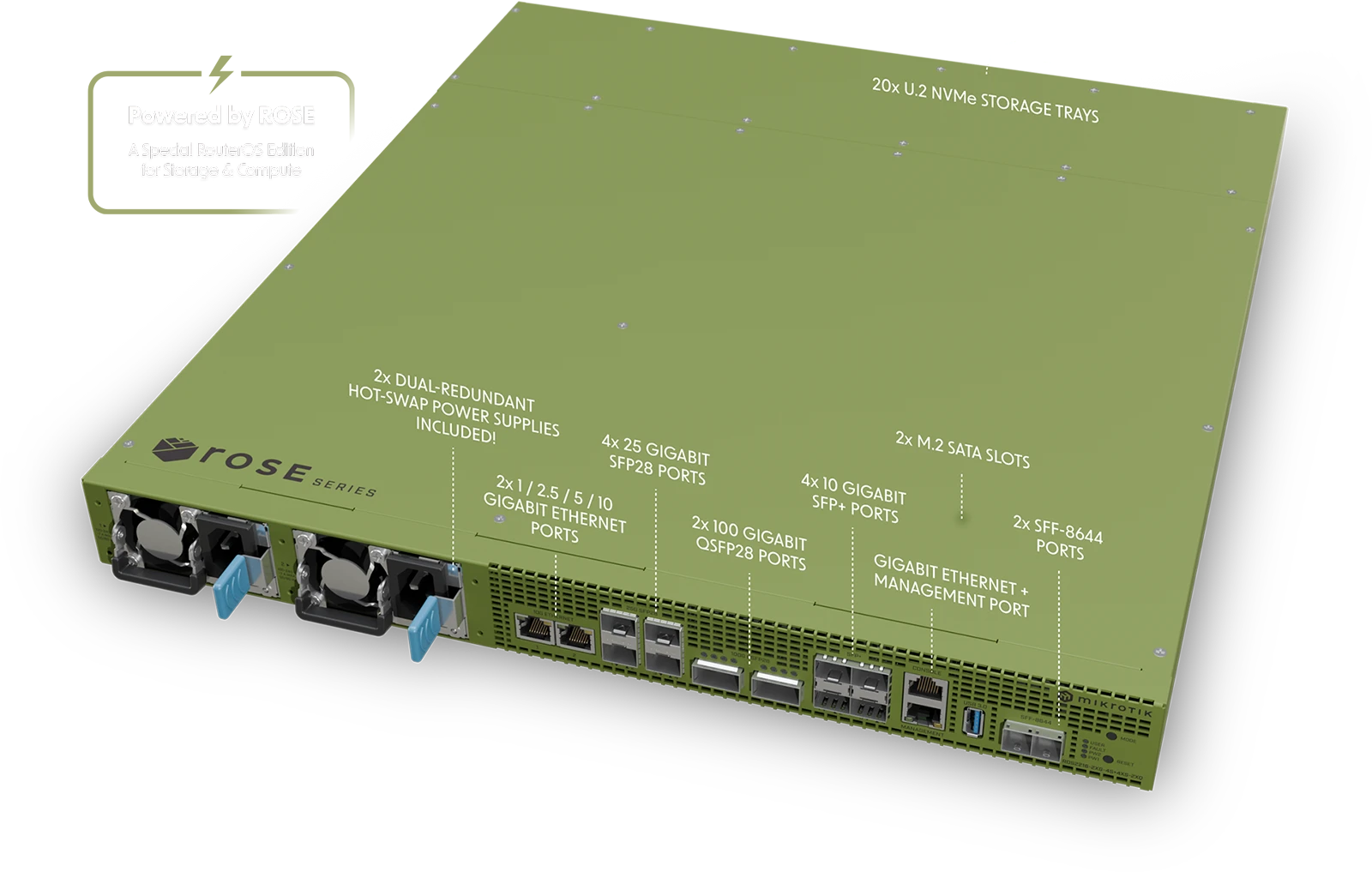
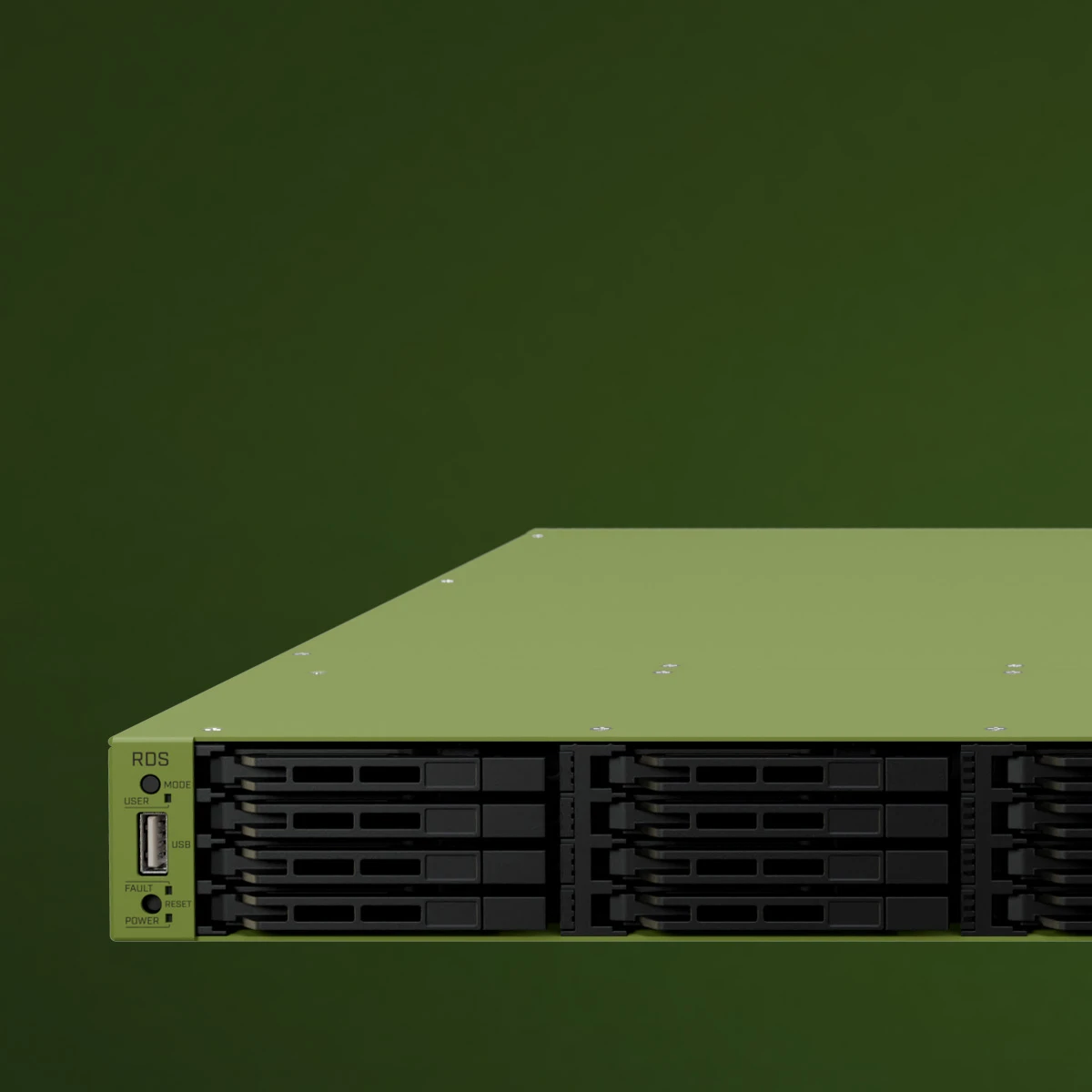
20 x U.2 NVMe's
Ultra-fast, high-density storage for demanding workloads.
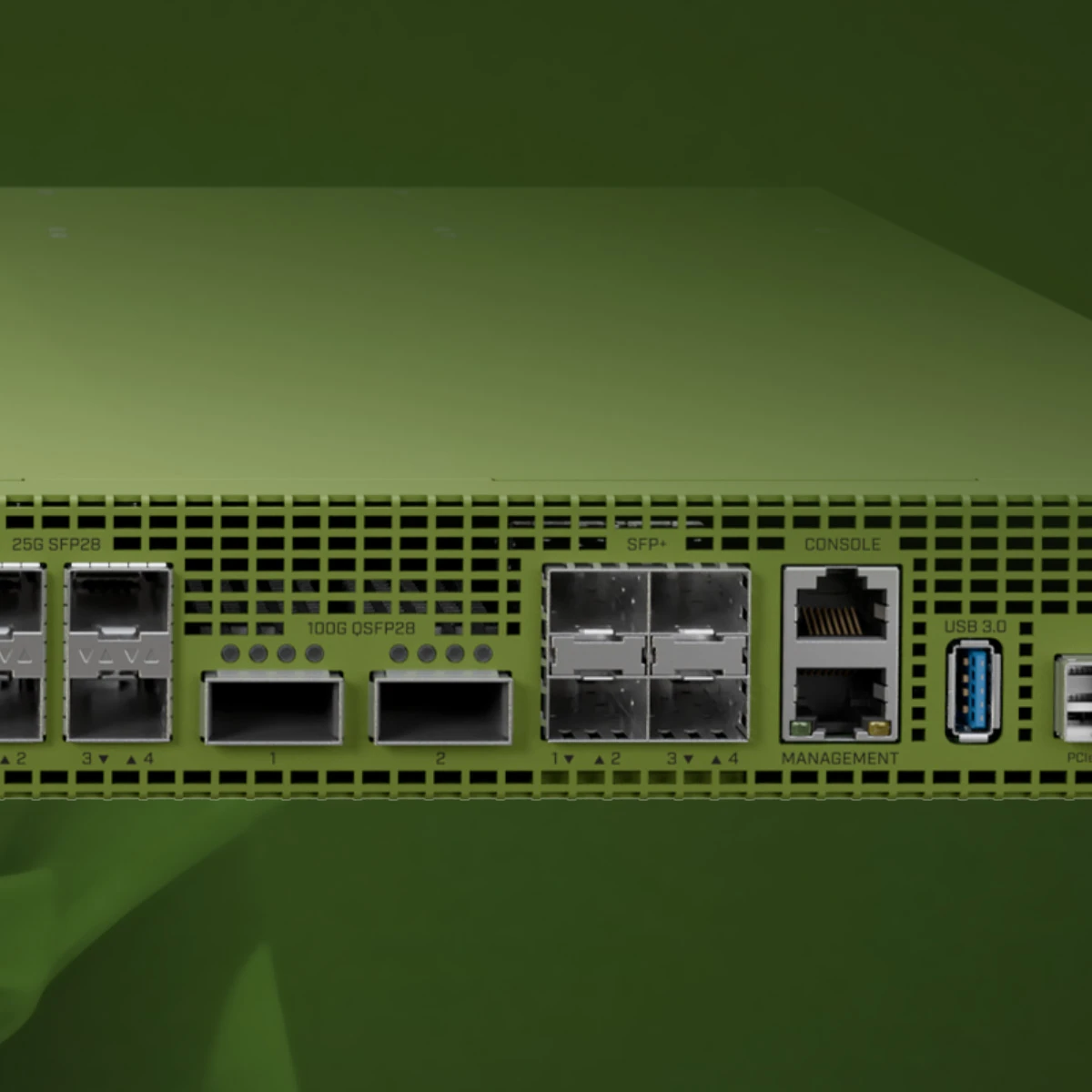
100G high-speed networking
2× 100G QSFP28 ports, 4× 25G SFP28 ports, 4× 10G SFP+ ports, 2× 10G Ethernet ports, and an extra SFF-8644 interface for flexible connectivity.
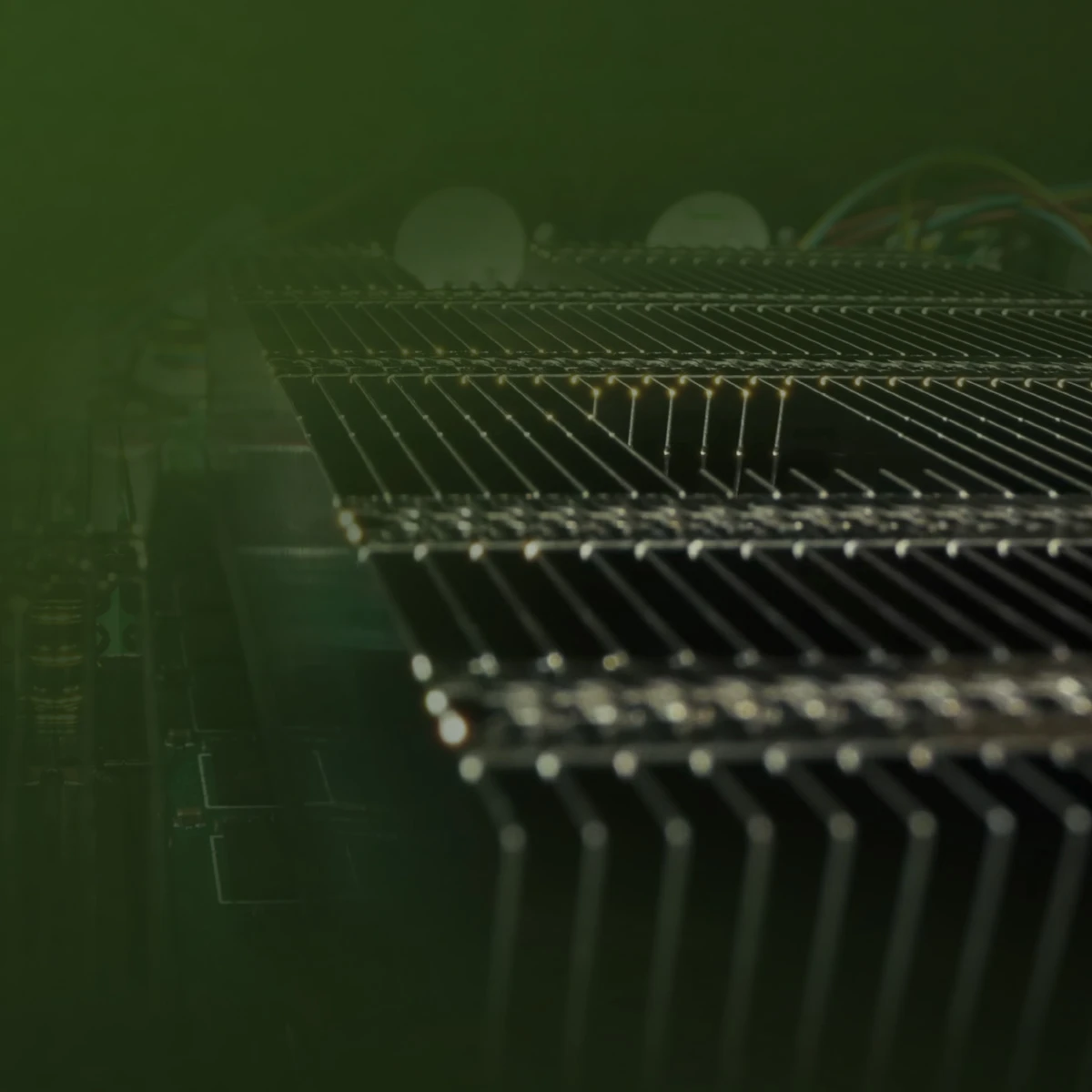
16-core 2 GHz ARM CPU + 32GB DDR4 RAM
High-performance processing for networking, storage, and virtualization.
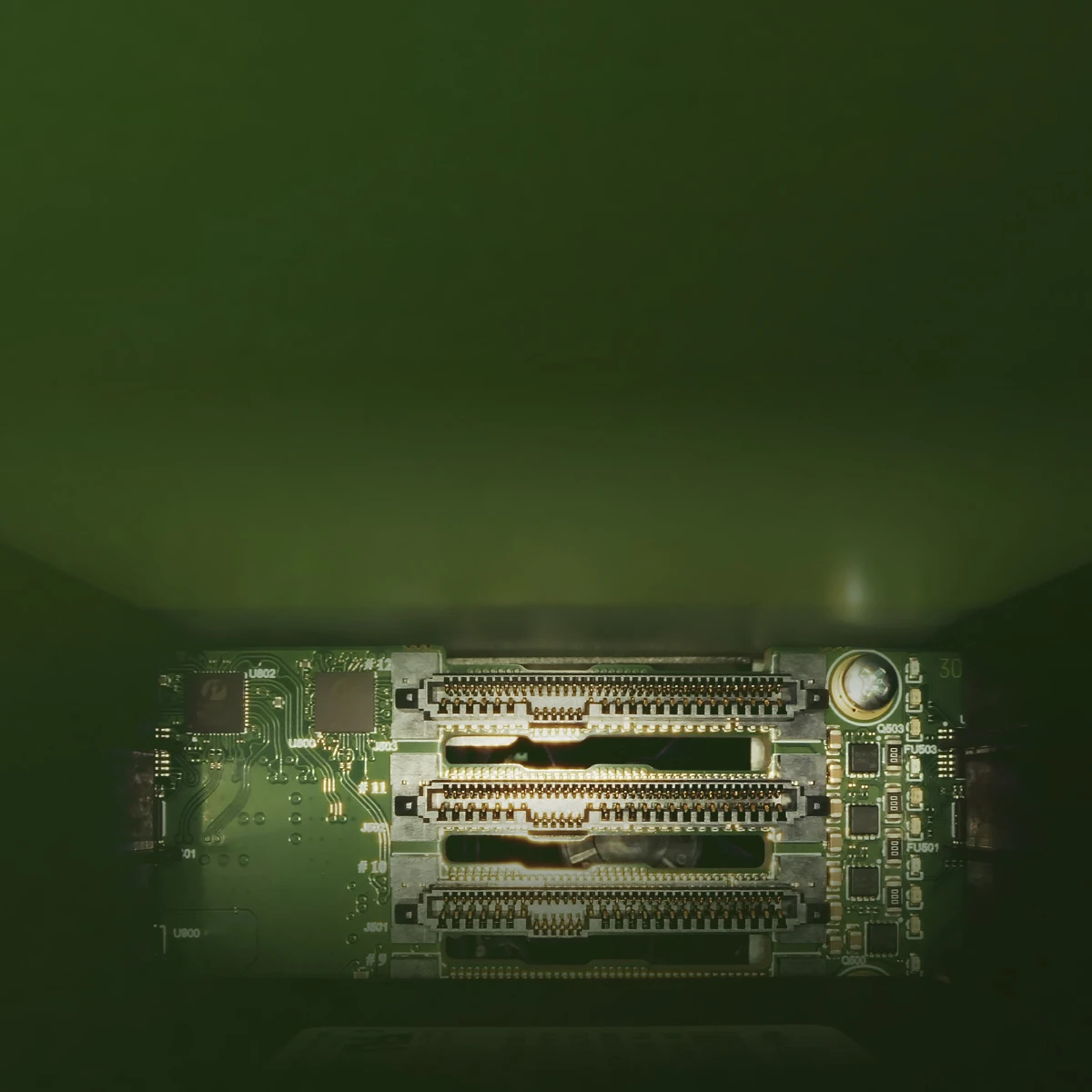
Massive energy savings
Cut power consumption and heat output while maintaining high performance – an ecofriendly solution for data-heavy environments.

Runs Router OS
The most flexible, modular networking OS. Supports advanced storage capabilities, including exporting block devices over NVMe-TCP, encryption layers, and modular storage configurations for scalable infrastructure. No subscriptions. No paywalls.

Container-ready
Run MinIO, Nextcloud, Shinobi, Frigate, and other OCI compliant containers with ease. We’ve added two USB ports for additional devices and further adaptability.
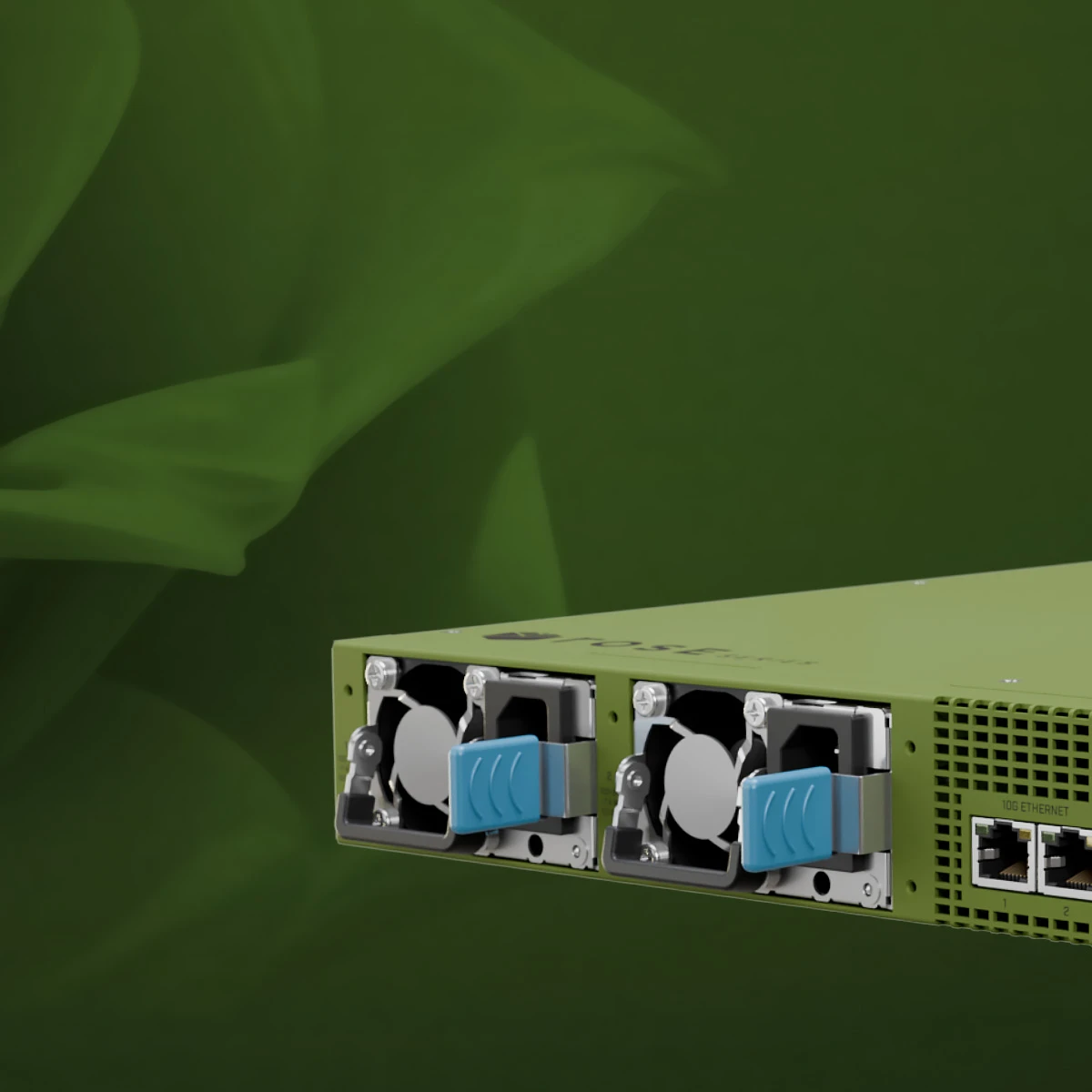
Includes dual hot-swappable power supplies
Ensuring uninterrupted operation and quick replacement without unnecessary downtime.
REAL-WORLD APPLICATIONS
ONE DEVICE.
ENDLESS POSSIBILITIES.
It’s a breakthrough in flexible networking and storage for the most demanding enterprise environments. Reliable 100-Gigabit connectivity. Ultra-fast NVMe storage support. Containers. Enterprise-grade performance.

No subscriptions. No paywalls. Just pure, future-proof performance.
You buy it – you own it. Forever. That’s a core MikroTik principle.
The smarter way to build your infrastructure.








Each U.2 drive in the RDS is connected with 2× PCIe 3.0 lanes (16 Gbps per drive), and the entire disk plane has a 16× PCIe 3.0 connection to the CPU (128 Gbps total).
In practical use, CPU performance will be the limiting factor before PCIe bandwidth becomes a bottleneck, especially with multiple drives handling parallel workloads. When writing large files over NVMe-TCP, the system can sustain up to 50 Gbps continuous write speeds.
Additionally, most SSDs can’t fully saturate their theoretical interface speeds due to NAND flash limitations, meaning even high-end Gen4 drives won’t always see a real-world advantage over Gen3 in practical workloads.
As for drives, PCIe Gen3 U.2 SSDs remain widely available and are ideal for enterprise workloads where endurance, capacity, and cost-efficiency matter more than peak sequential speeds.
The RDS isn’t just storage—it’s also a high-speed router. The network interfaces are designed for routing, virtualization, and compute workloads, not just disk access. While based on the bestselling CCR2216 router, the system has been fine-tuned for performance across networking, storage, and compute tasks.
Additionally, the latest RouterOS includes optimizations like ROSE storage enhancements, improved multi-threading, and better RAID/disk management, ensuring efficient workload distribution and seamless operation of NVMe storage and high-speed networking.
No problem! The RDS supports adapters for M.2, allowing you to repurpose your existing drives. While U.2 drives offer better durability and enterprise-grade endurance, the flexibility to use different storage types ensures you can customize the system to fit your needs.
The RDS is designed with redundancy in mind to minimize risks:
Dual hot-swappable power supplies ensure continuous operation even if one fails.
RAID improves storage redundancy and helps maintain system stability, but unexpected drive failures can still impact overall operation.
NVMe-TCP allows external storage integration, enabling data redundancy across multiple units.
RouterOS features like VRRP and bonding can provide network failover.
Also, multiple RDS units can be used in a cluster.
Yes! It features the 98DX4310 switch chip, the same one used in the CRS510-8XS-2XQ and CRS504-4XQ, providing L3HW offloading capabilities.
For detailed specs on Layer 3 offloading, check here.
The green design reflects its energy efficiency and eco-friendly approach. The RDS is built to reduce power consumption while delivering high performance, making it a sustainable alternative to traditional power-hungry enterprise servers.
“Green is the prime color of the world, and that from which its loveliness arises.”
– Pedro Calderón de la Barca
Specification
- Product code RDS2216-2XG-4S+4XS-2XQ
- Suggested price $1,950.00
- Architecture ARM 64bit
- CPU AL73400
- CPU core count 16
- CPU nominal frequency 2000 MHz
- CPU Threads count 16
- Switch chip model 98DX4310
- Dimensions 476 x 443 x 44 mm
- RouterOS license 6
- Operating System RouterOS v7 (Special ROSE edition)
- Size of RAM 32 GB
- Storage size 128 MB
- Storage type NAND
- MTBF Approximately 200'000 hours at 25C
- Tested ambient temperature -20°C to 50°C
- Number of AC inputs 2
- AC input range 100-240
- Frequency (Hz) 50-60
- Max power consumption 286 W
- Max power consumption without attachments 105 W
- Cooling type 10 fans
- 10/100/1000 Ethernet ports 1
- Number of 1G/2.5G/5G/10G Ethernet ports 2
- SFP+ ports 4
- Number of 25G SFP28 ports 4
- Number of 100G QSFP28 ports 2
- Serial console port RJ45
- Number of USB ports 2
- USB Power Reset Yes
- USB slot type USB 3.0 type A
- Max USB current (A) 1
- Number of M.2 slots 2
- CPU temperature monitor Yes
- PCB temperature monitor Yes
- Voltage Monitor Yes
- Mode button Yes
- Certification CE, EAC, ROHS
- IP 20






| RDS2216-2XG-4S+4XS-2XQ | AL73400 All port test | ||||||
| Mode | Configuration | 1518 byte | 512 byte | 64 byte | |||
| kpps | Mbps | kpps | Mbps | kpps | Mbps | ||
| Bridging | none (fast path) | 6240.0 | 75778.6 | 10977.1 | 44962.2 | 28907.9 | 15725.9 |
| Bridging | 25 bridge filter rules | 4025.6 | 48886.9 | 4008.7 | 16419.6 | 3799.7 | 2067.0 |
| Routing | none (fast path) | 6168.5 | 74910.3 | 9944.6 | 40733.1 | 33153.0 | 18035.2 |
| Routing | 25 simple queues | 4554.2 | 55306.2 | 4553.9 | 18652.8 | 4458.9 | 2425.6 |
| Routing | 25 ip filter rules | 2854.1 | 34660.2 | 2845.6 | 11655.6 | 2701.1 | 1469.4 |
| Routing | none (L3HW) | 16254.9 | 197399.5 | 46992.4 | 192480.9 | 284090.5 | 154545.2 |
| Routing | 25 ip filter rules (Fasttrack L3HW) | 16026.2 | 194622.2 | 46287.5 | 189593.6 | 251870.1 | 137017.3 |
- All tests are done with Xena Networks specialized test equipment (XenaBay),and done according to RFC2544 (Xena2544)
- Max throughput is determined with 30+ second attempts with 0,1% packet loss tolerance in 64, 512, 1518 byte packet sizes
- Test results show device maximum performance, and are reached using mentioned hardware and software configuration, different configurations most likely will result in lower results
| RDS2216-2XG-4S+4XS-2XQ | AL73400 IPsec throughput | ||||||
| Mode | Configuration | 1400 byte | 512 byte | 64 byte | |||
| kpps | Mbps | kpps | Mbps | kpps | Mbps | ||
| Single tunnel | AES-128-CBC + SHA1 | 179.7 | 2012.6 | 186.4 | 763.5 | 182.8 | 93.6 |
| 256 tunnels | AES-128-CBC + SHA1 | 366.8 | 4108.2 | 667.3 | 2733.3 | 668.8 | 342.4 |
| 256 tunnels | AES-128-CBC + SHA256 | 366.8 | 4108.2 | 666.2 | 2728.8 | 670.4 | 343.2 |
| 256 tunnels | AES-256-CBC + SHA1 | 366.2 | 4101.4 | 667.6 | 2734.5 | 668.8 | 342.4 |
| 256 tunnels | AES-256-CBC + SHA256 | 366.2 | 4101.4 | 670 | 2744.3 | 670.4 | 343.2 |
- All tests are done with Xena Networks specialized test equipment (XenaBay),and done according to RFC2544 (Xena2544)
- Max throughput is determined with 30+ second attempts with 0,1% packet loss tolerance in 64, 512, 1400 byte packet sizes
- Test results show device maximum performance, and are reached using mentioned hardware and software configuration, different configurations most likely will result in lower results
Documents




